Best Practices Articles

How Vertical SaaS and Channel Strategies Are Reshaping Partner Marketing for SMB Growth
Small and medium-sized business (SMB) growth dynamics have changed dramatically over the past decade. Once reliant on generalized solutions and traditional marketing methods, SMBs today are embracing more specialized technologies and targeted strategies to drive digital maturity and scale. Central to this evolution is the convergence of partner marketing, vertical SaaS solutions, and intelligent business process automation. Together, these tools are not only making enterprise-grade functionality accessible to SMBs but also creating new opportunities for channel partners to deliver value in more focused and repeatable ways.
In today’s competitive and cost-conscious business environment, SMBs are asking for more tailored solutions that address their specific industry needs. Gone are the days of “one size fits all” software offerings. Instead, SMB buyers want plug-and-play solutions designed for their micro-vertical—dental clinics, boutique law firms, laundromats, or auto-repair shops. This demand is driving the rise of vertical SaaS, where solutions are packaged with embedded automation and vertical-specific workflows. Channel partners are capitalizing on this shift by combining technical expertise with strategic partner marketing campaigns that speak the language of their industry audience.
In a recent discussion between Sugata Sanyal, CEO of ZINFI, and Jon Rivers, Co-Founder of Marketeery, the two explored the evolving landscape of partner roles, automation technology, and verticalization. Rivers emphasized that vertical-specific messaging combined with intelligent automation is now a key differentiator for partner success. It’s not just about selling software—it’s about solving well-understood problems in a replicable, scalable way. This article builds on their conversation to explore how vertical SaaS and modern channel strategies drive SMB transformation, powered by effective partner marketing.
🎥 Watch the Full Video Podcast
Driving SMB Growth with Vertical SaaS and Targeted Partner Marketing
Vertical SaaS is revolutionizing how SMBs adopt and use technology. Unlike horizontal SaaS solutions that aim to be generic and serve multiple industries, vertical SaaS is built with specific workflows, terminology, and user experiences that align with the day-to-day operations of a niche industry. For Small and medium-sized businesses, this means less customization, faster onboarding, and higher satisfaction. It reduces the need for complex configurations and time-to-value, a critical consideration for resource-constrained businesses.
For example, instead of buying a generic CRM, a dental practice may adopt a vertical solution that manages patient scheduling, sends appointment reminders, processes insurance claims, and tracks follow-ups—all in one interface. This embedded business process automation saves hours of administrative work weekly and reduces operational overhead. The SaaS provider doesn’t just deliver software—it delivers transformation. However, to truly gain adoption, this transformation must be communicated clearly. That’s where partner marketing enters the equation.

Partners that offer vertical SaaS bundles must develop marketing campaigns that resonate with industry-specific audiences. Broad, technical language is often ineffective with SMBs. Instead, marketing should highlight practical outcomes, such as reducing appointment no-shows, streamlining payroll, or minimizing inventory waste. In the podcast, Jon Rivers explained that messaging like “automated invoice reconciliation for local restaurants” performs better than “cloud-based accounting automation.” It’s more relatable, outcome-oriented, and inspires confidence in SMB decision-makers.
Furthermore, vertical SaaS opens the door to repeatable delivery models. Partners can standardize their software configuration, onboarding, training, and support offerings and then scale these across many similar clients. This repeatability enhances margins and improves service consistency. Partners can grow faster with clever partner marketing without proportionally increasing operational complexity. It’s a win-win for both providers and their SMB clients.
Channel Strategies and Partner Marketing That Fuel SMB Transformation
Channel strategies have shifted from one-time sales to value-led, outcome-driven engagement. This aligns closely with the core objective of SMB transformation—to move from manual, inefficient workflows to agile, data-driven business models. However, achieving this transformation is not just about deploying software. It’s about guiding SMBs through a journey, which requires the right mix of education, support, and marketing.
Traditional reseller strategies focused on volume—getting licenses out the door and checking off sales targets. However, as Jon Rivers emphasized, the modern partner is an advisor and educator. Channel partners now play a much more strategic role. They guide solution discovery, provide deployment support, and offer training resources. This service-centric approach must be supported by equally evolved partner marketing strategies that are personalized, educational, and industry-aware.
Partners succeeding today are those who take a consultative approach. Instead of promoting a product, they encourage a business outcome, like automating inventory checks for retail stores, reducing patient no-shows for clinics, or streamlining claims processing for insurance brokers. These outcomes are communicated through multi-touch marketing strategies that include blog content, explainer videos, webinars, and social campaigns. Marketing is no longer an afterthought—it’s a critical part of the go-to-market engine.
Additionally, marketing automation allows partners to scale their efforts. Using tools like HubSpot, Microsoft Dynamics 365, or Mailchimp, partners can segment leads by vertical, deliver personalized content journeys, and track engagement to refine messaging. This feedback loop ensures that each campaign becomes more effective over time. As Rivers pointed out, this integration of marketing technology with business process automation is an example of transformation, and it serves as a proof point for partners promoting similar automation to their clients.
The result is a more innovative channel ecosystem where partners market like SaaS companies, serve like consultants, and grow like accelerators. SMBs benefit from access to tools and partnerships that fuel sustainable growth. Its partner marketing is at its most strategic, educational, personalized, and aligned with measurable outcomes.
Scaling Success with Repeatable Models and Strategic Partner Marketing Assets
Scaling transformation across SMB markets requires consistency, efficiency, and storytelling. That’s why the most successful partners build marketing engines around repeatable models. Whether it’s an onboarding sequence for retail businesses or a templated automation package for logistics providers, the ability to “package” both the solution and its promotion differentiates leading channel partners from the rest.
Jon Rivers highlighted how partners within the Microsoft ecosystem are increasingly bundling vertical SaaS tools with pre-configured business process automation and supporting content libraries. These may include co-branded email campaigns, ROI calculators, industry landing pages, and success story templates. These assets make it easier for the partner to execute consistent, high-conversion campaigns while maintaining a personalized feel for each client.

This is also where partner marketing shows its full potential. When done well, it serves three critical functions: demand generation, sales acceleration, and customer education. Demand generation involves building awareness through SEO-optimized blogs, PPC ads, or localized social media. Sales acceleration focuses on nurturing leads and shortening the sales cycle through webinars, demo videos, and comparison charts. Customer education helps post-sale success, including onboarding emails, tutorial content, and user adoption campaigns. All three stages are supported by automation, making them scalable even for small partner teams.
Another critical component is thought leadership. Partners that publish industry-specific insights—not just about technology but business trends, regulatory changes, or operational challenges—position themselves as trusted advisors. SMBs are more likely to engage with partners who understand their world. This trust becomes the foundation of a long-term relationship, not just a transactional engagement. By marketing insight as much as implementation, partners elevate their value and grow customer lifetime value.
In this model, the partner's growth is intrinsically tied to the transformation of their clients. As SMBs automate and scale, they invest more in tools, services, and support. The partner that guided their first automation journey is the one they trust for future phases. This creates a flywheel effect that begins with partner marketing, accelerates through vertical SaaS, and is sustained by consistent delivery and relationship management.
Conclusion
The shift toward vertical SaaS and evolved channel strategies redefines how Small and medium-sized business grow—and how partners serve them. This transformation is being driven not just by technology, but by a deeper understanding of SMB needs, workflows, and expectations. It’s fueled by partner marketing that educates and engages, and by automation that removes friction and boosts scalability. For SMBs, the result is faster transformation with less risk. For partners, it’s a model of growth built on relevance, repeatability, and relationships.
As Jon Rivers and Sugata Sanyal emphasized, partners that embrace verticalization, automation, and marketing as a unified strategy are poised to lead. The future of SMB engagement lies in going deep, not wide—speaking the client's language, solving their exact problems, and delivering outcomes they can measure. This isn’t just better business. It’s smarter, more sustainable growth on both sides of the ecosystem.
Partner marketing is the connective tissue. It translates features into benefits, confusion into clarity, and hesitation into action. It becomes the engine of modern channel success when aligned with vertical solutions and embedded business process automation. In this new era of transformation, the partner’s role isn’t just to deliver software—it’s to provide change. And those who do it well will unlock the next frontier of SMB growth.
Best Practices Guidebook
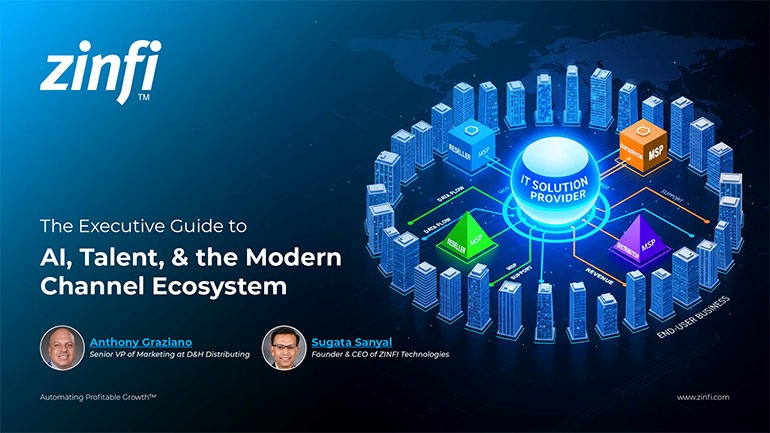 Modernizing Channel Marketing: AI and Ecosystem Enablement Best Practices
Modernizing Channel Marketing: AI and Ecosystem Enablement Best PracticesDownload for FREE
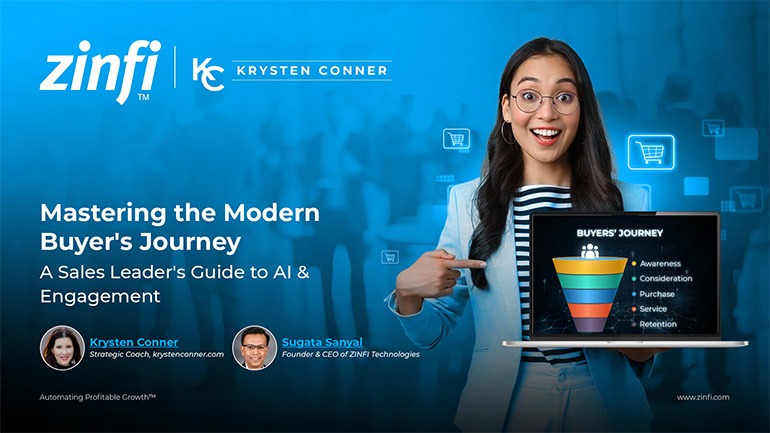 The Channel’s Shift to Partner-Led With AI Best Practices
The Channel’s Shift to Partner-Led With AI Best PracticesDownload for FREE
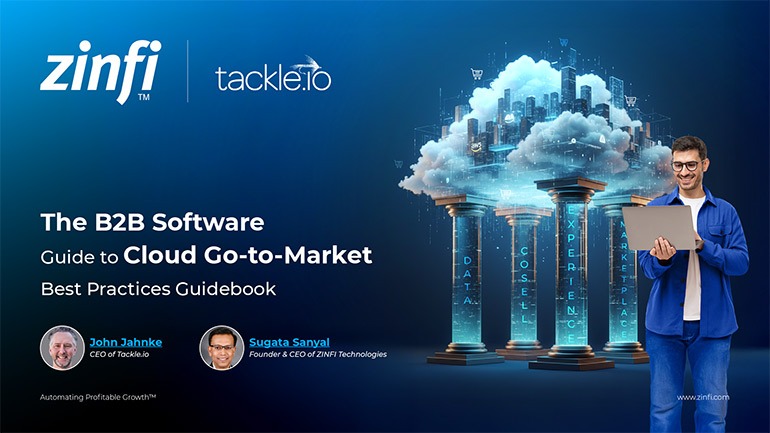 Hyperscalers, ISVs, and AI: Shaping the Future of B2B Software Distribution
Hyperscalers, ISVs, and AI: Shaping the Future of B2B Software DistributionDownload for FREE
 Definitive Guide to a Partner Ecosystem-First Sales Strategy
Definitive Guide to a Partner Ecosystem-First Sales StrategyDownload for FREE
 The Partner-Led Digital and AI Transformation Best Practices
The Partner-Led Digital and AI Transformation Best PracticesDownload for FREE
 Startup Talent Recruitment: Hiring Missionaries, Not Mercenaries
Startup Talent Recruitment: Hiring Missionaries, Not MercenariesDownload for FREE
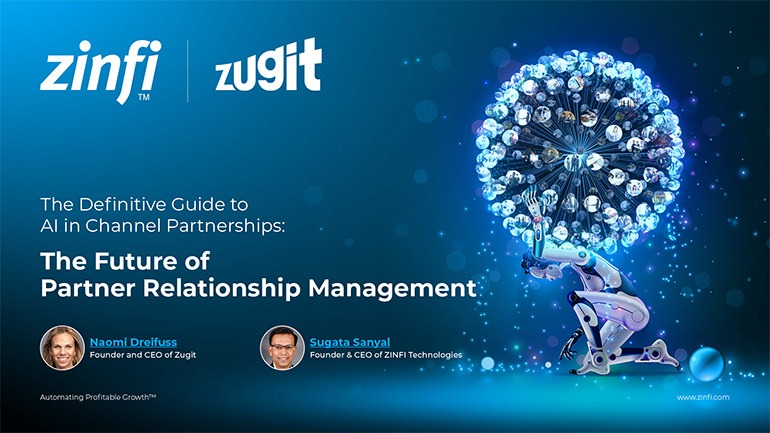 The Future of Partner Relationship Management with AI in Partnerships
The Future of Partner Relationship Management with AI in PartnershipsDownload for FREE
 Cybersecurity for the 99%: Strategies from the Frontline
Cybersecurity for the 99%: Strategies from the FrontlineDownload for FREE
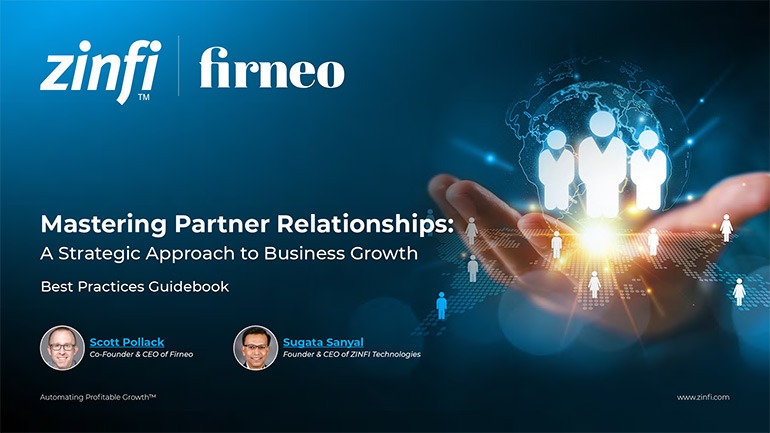 Mastering Partner Relationships: A Strategic Approach to Business Growth
Mastering Partner Relationships: A Strategic Approach to Business GrowthDownload for FREE
 Mastering Partner Relationship Management: Keys to SaaS Channel Success
Mastering Partner Relationship Management: Keys to SaaS Channel SuccessDownload for FREE
 Navigating the AI Revolution: Guide for Partners in the Microsoft Ecosystem
Navigating the AI Revolution: Guide for Partners in the Microsoft EcosystemDownload for FREE
 Mastering the Modern Buyers Journey: Sales Leader’s Guide to AI & Engagement
Mastering the Modern Buyers Journey: Sales Leader’s Guide to AI & EngagementDownload for FREE










